
Extensor tendons enable you to straighten your fingers and thumb. They run from muscles in the back of your forearm into the hand where they attach to the bones of your fingers and thumb. They are important in allowing you to open your hand during activity and are essential in allowing your hand to function normally.
Your tendon/s has been repaired to restore this normal movement, and you will need to undergo a strict hand therapy programme following this surgery to maximise your recovery and functional use of your hand.
It is normal to have swelling in your hand after an injury or surgery. To help drainage of this swelling whenever possible:
Do rest your hand above the level of your heart. Use a cushion to support your arm if this is comfortable.
Do move your elbow, shoulder and neck regularly to prevent stiffness in these joints.
Do not allow your hand to hang by your side.
Early movement of your fingers as described in this leaflet will help to manage your swelling and prevent stiffness later.
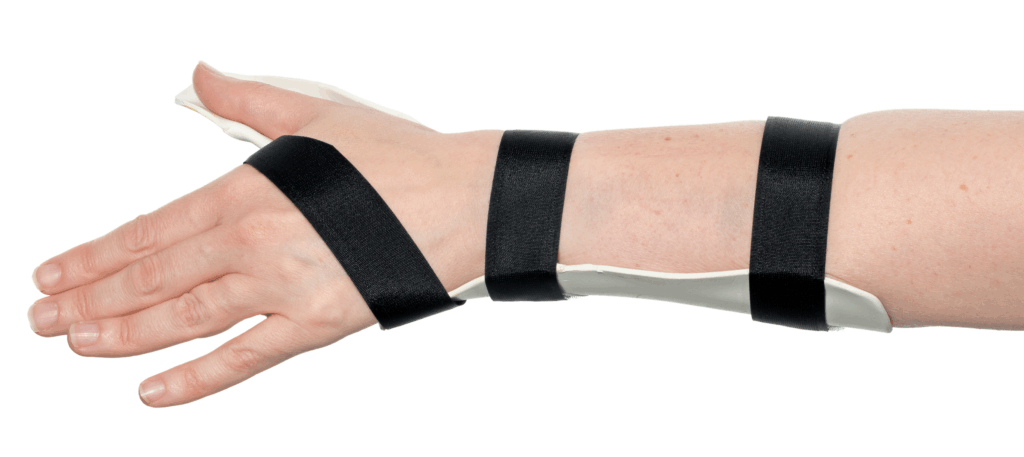
Within the first week following your repair you will be seen by the hand therapy team. A splint that covers your thumb and forearm will be made to protect the surgical repair.
The repair will be weak and will require protection in a splint to prevent movements and activity that will risk rupturing your tendon. You should wear the splint 24 hours a day.
While wearing your splint you will need to check your skin on a regular basis for red or sore areas and inform your therapist if you have any concerns.
Your arm and splint will need to be covered with a plastic bag when showering or bathing (please do not remove your splint).
Do not place your splint in hot water or near a heater as this will affect its shape/fitting and result in the splint becoming uncomfortable to wear.
1. Move your thumb upwards away from the splint with your other hand. J7A3285-Edit
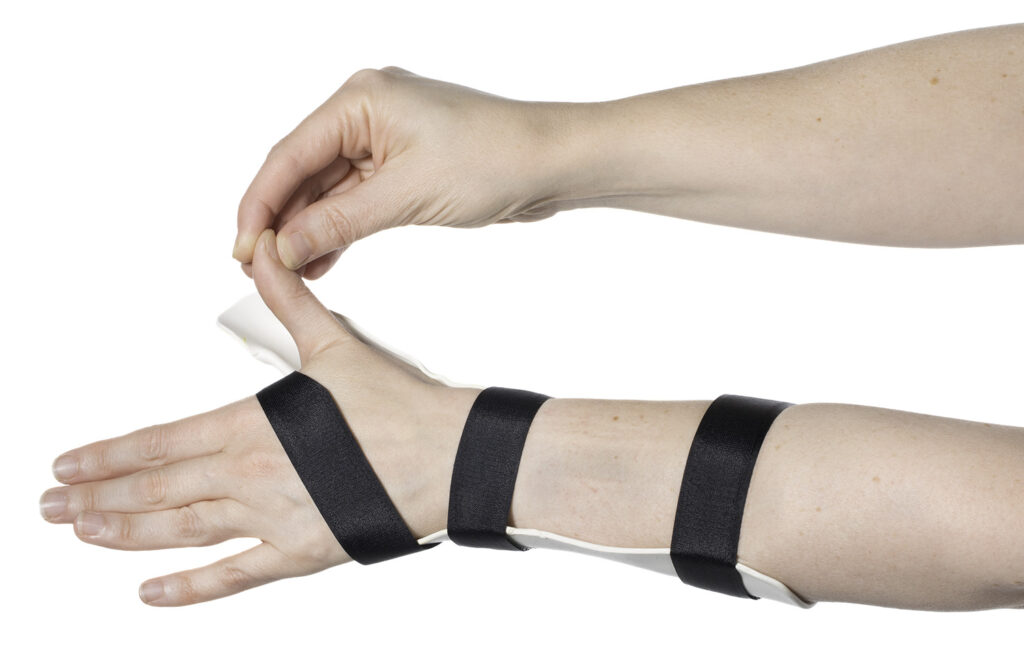
2. Actively move your thumb upwards away from the splint. J7A3286-Edit
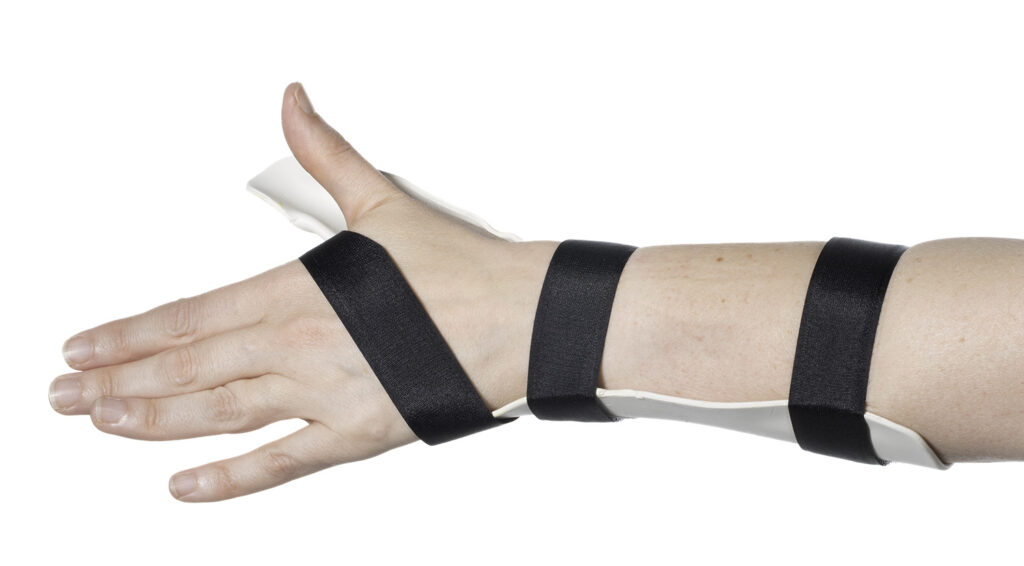
3. Actively move your thumb upwards away from the splint and bend the top of your thumb. J7A3288-Edit
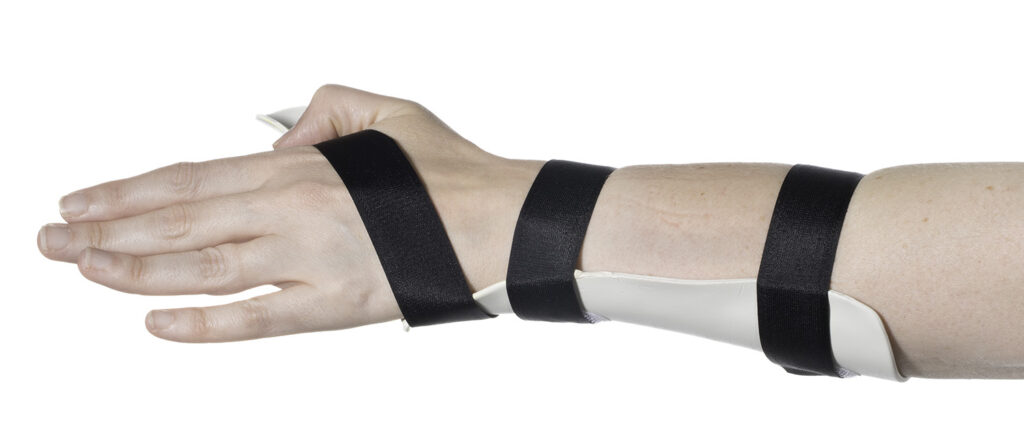
Massage helps make your scar more mobile, so it does not limit movement of your fingers. Once the stitches are removed and the wound looks dry you can start to massage the scar.
Use a simple moisturiser such as E45, Nivea or aqueous cream. Massage the cream over the scar in circular movements.
Perform this 3-4 times a day for 5 minutes.
You can use your hand for light activities for example:
• Doing up buttons/shoelaces.
• Dressing with light clothes.
• Holding paper.
• Using a mobile phone.
You must not use your injured hand for heavier activities:
• Carrying a cup of tea or plate of food.
• Pull-up jeans/trousers/shorts.
• Opening doors.
• Driving.
You can stop wearing the splint during the day. Your therapist will advise you if you need to continue to wear the splint when you go to bed.
You should complete the following exercises:
1. Support your forearm on the table. Bend your wrist downwards relaxing your fingers. J7A3257 – Edit
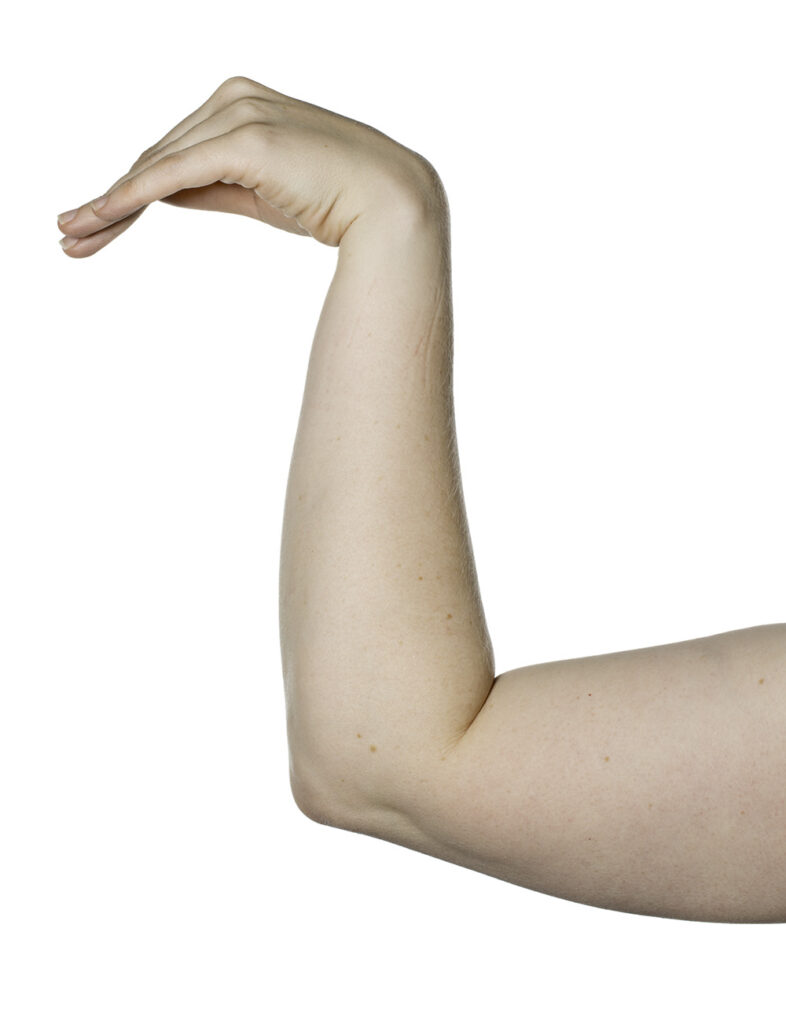
2. Support your forearm on the table. Bend your wrist upwards. J7A3258 – Edit
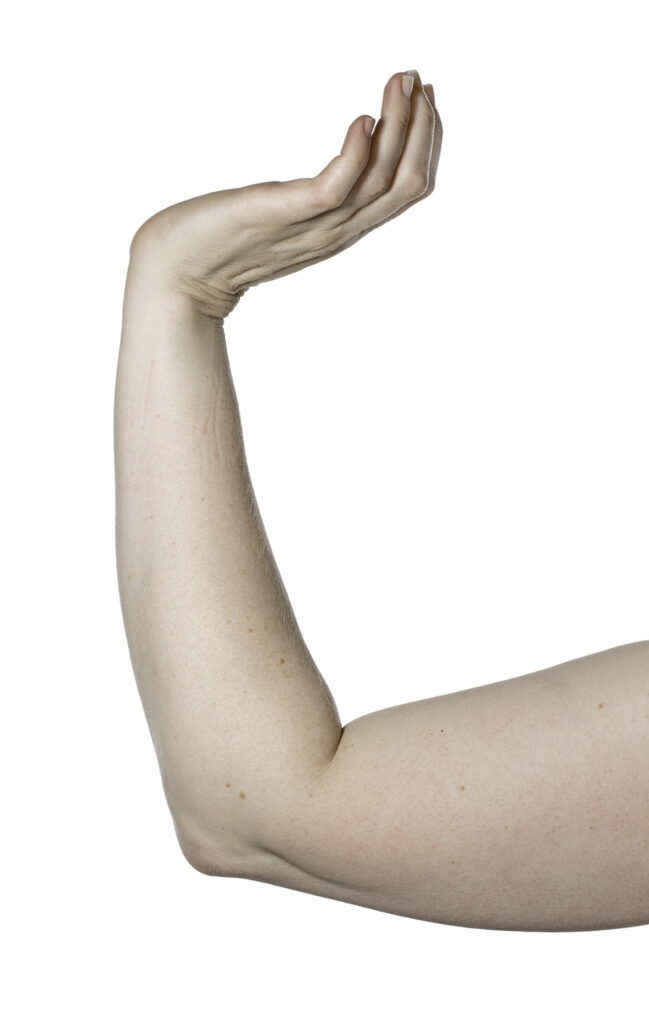
3. Rest your elbow on the table. Touch each fingertip with your thumb. J7A3292 – Edit
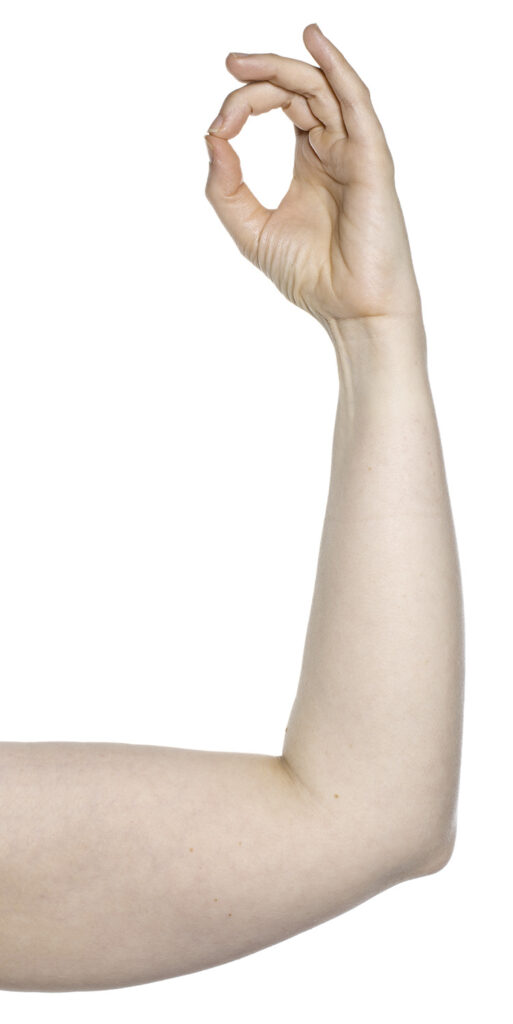
4. Bend your thumb across your palm towards the base of your little finger. J7A3294 – Edit
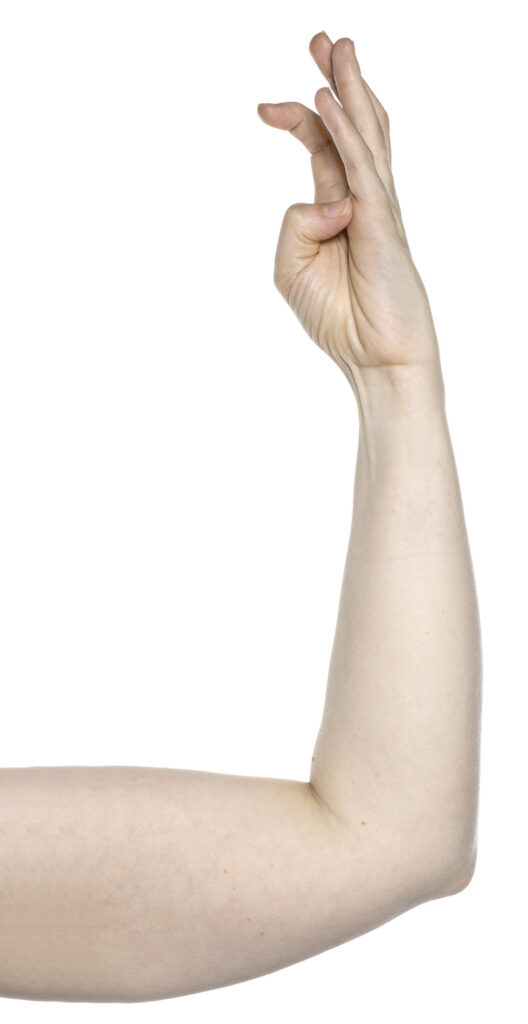
You can use your hand for medium heavy activities for example:
You must not use your injured hand for heavier activities until you are 12 weeks following repair:
Do not complete any activity that causes pain. Your tendon is not 100% strong until 12 weeks after your repair.
Contact the plastics clinic or therapy department immediately if:
Plastics clinic on: 01274 364397
Available Monday to Friday between 8.00am – 5.00pm
or
The Hand Therapy Team on: 01274 382874
Available Monday to Thursday between 8.00am – 6.00pm, Friday between 8.00am – 3.30pm
You can contact us using the Relay UK app. Textphone users will need to dial 18001 ahead of the number to be contacted.
Bradford Teaching Hospitals NHS Foundation Trust is a smoke-free organisation. You are not permitted to smoke or in use e-cigarettes in any of the hospital buildings or grounds.